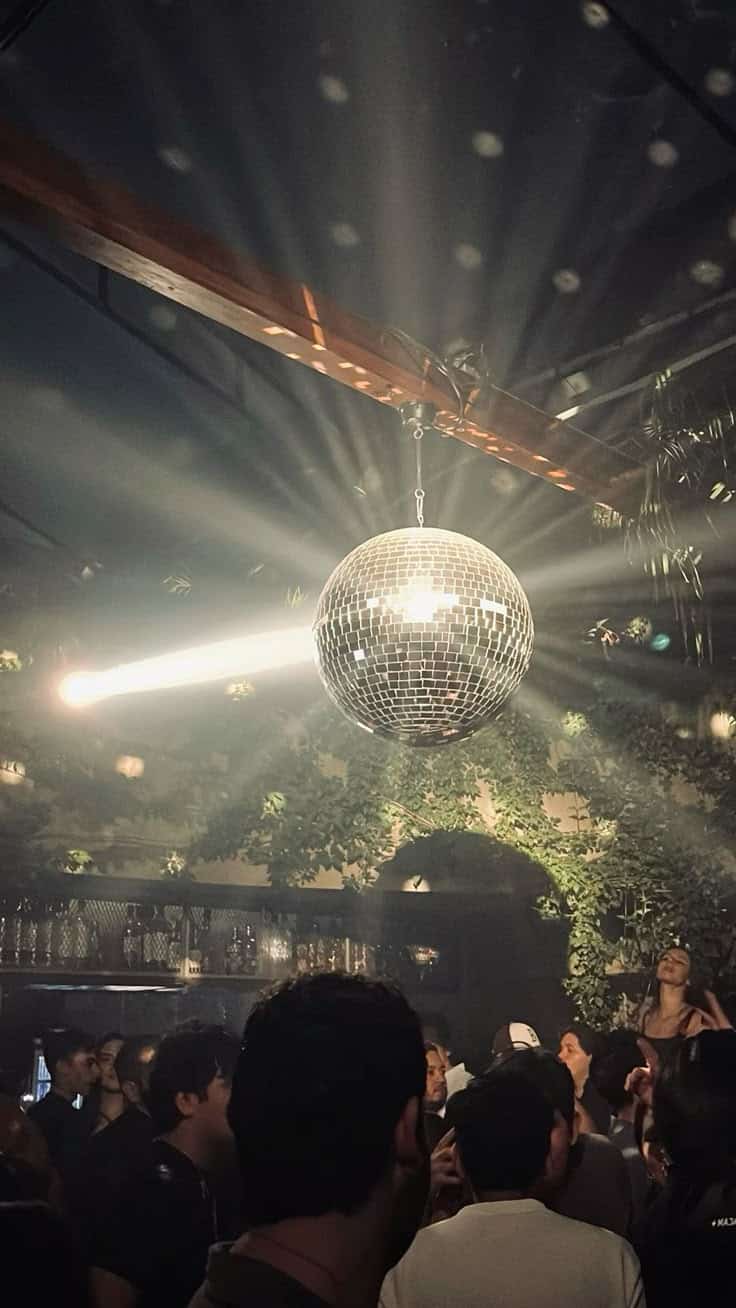The Impact of Disco Balls on Stage Lighting
The disco ball has been a key player in the evolution of stage lighting. Before the advent of high-tech LED panels and laser shows, mirror balls were one of the first methods used to create dynamic, moving light effects. Their ability to scatter light across a venue laid the foundation for modern lighting techniques used in concerts, festivals, and clubs.
Key Ways Disco Balls Shaped Stage Lighting
1. Introducing Motion-Based Lighting Effects
The concept of rotating light reflections originated with disco balls. This effect directly influenced moving head spotlights and intelligent lighting systems, which now project shifting beams and color patterns across stages.
2. Creating an Immersive Dancefloor Experience
By reflecting light in multiple directions, disco balls transformed static lighting into a dynamic spectacle. This principle led to programmable lighting rigs in modern performances, where synchronized beams move in response to music.

3. Inspiring LED and Projection Mapping Techniques
Today’s LED walls and projection mapping borrow from the idea of light manipulation pioneered by disco balls. They allow performers to surround audiences with moving visuals, much like disco balls once scattered light across an entire venue.
4. Paving the Way for Laser and Strobe Effects
Concert lighting designers adapted the fragmented reflection effect of disco balls to create strobe lights and laser beams, which pulse and change intensity to match beats—mirroring the energetic feel disco balls introduced decades ago.
5. Enhancing Theatrical Performances
Disco balls weren’t just for dance clubs; they became a tool in theater lighting as well. Their ability to create a dreamlike, shimmering effect influenced how spotlights and color filters are used in dramatic stage productions.
